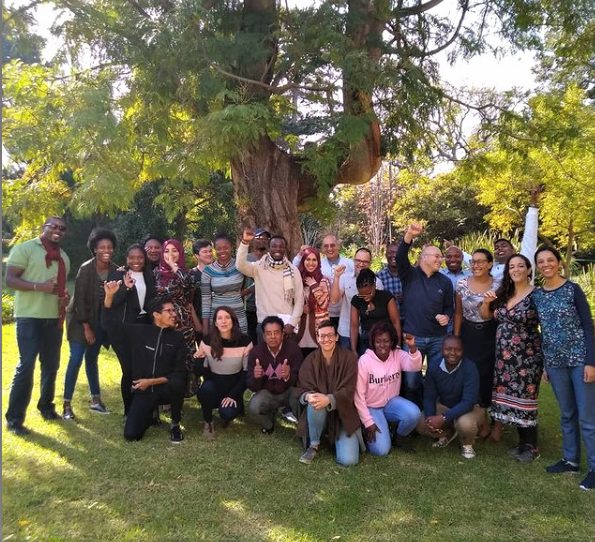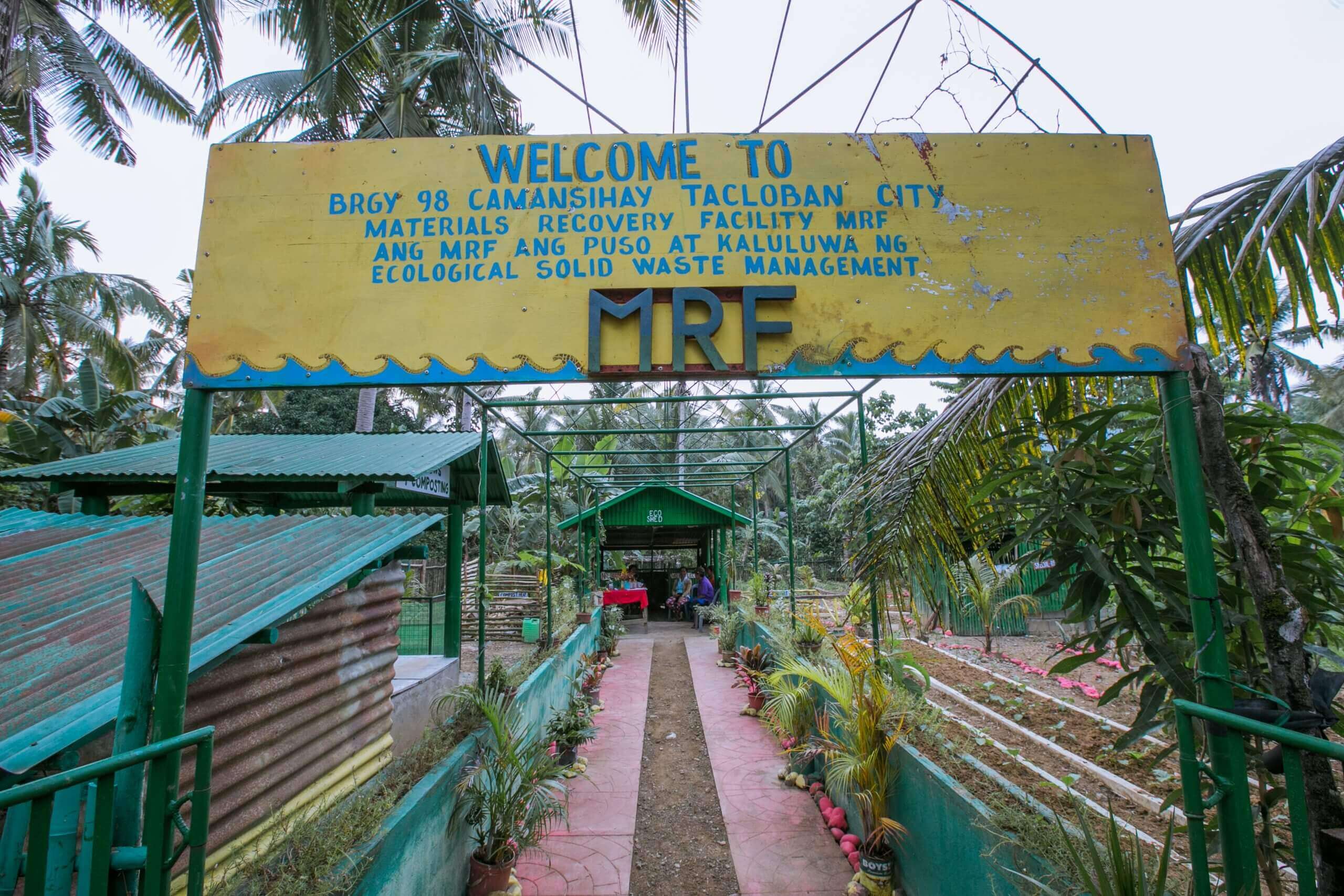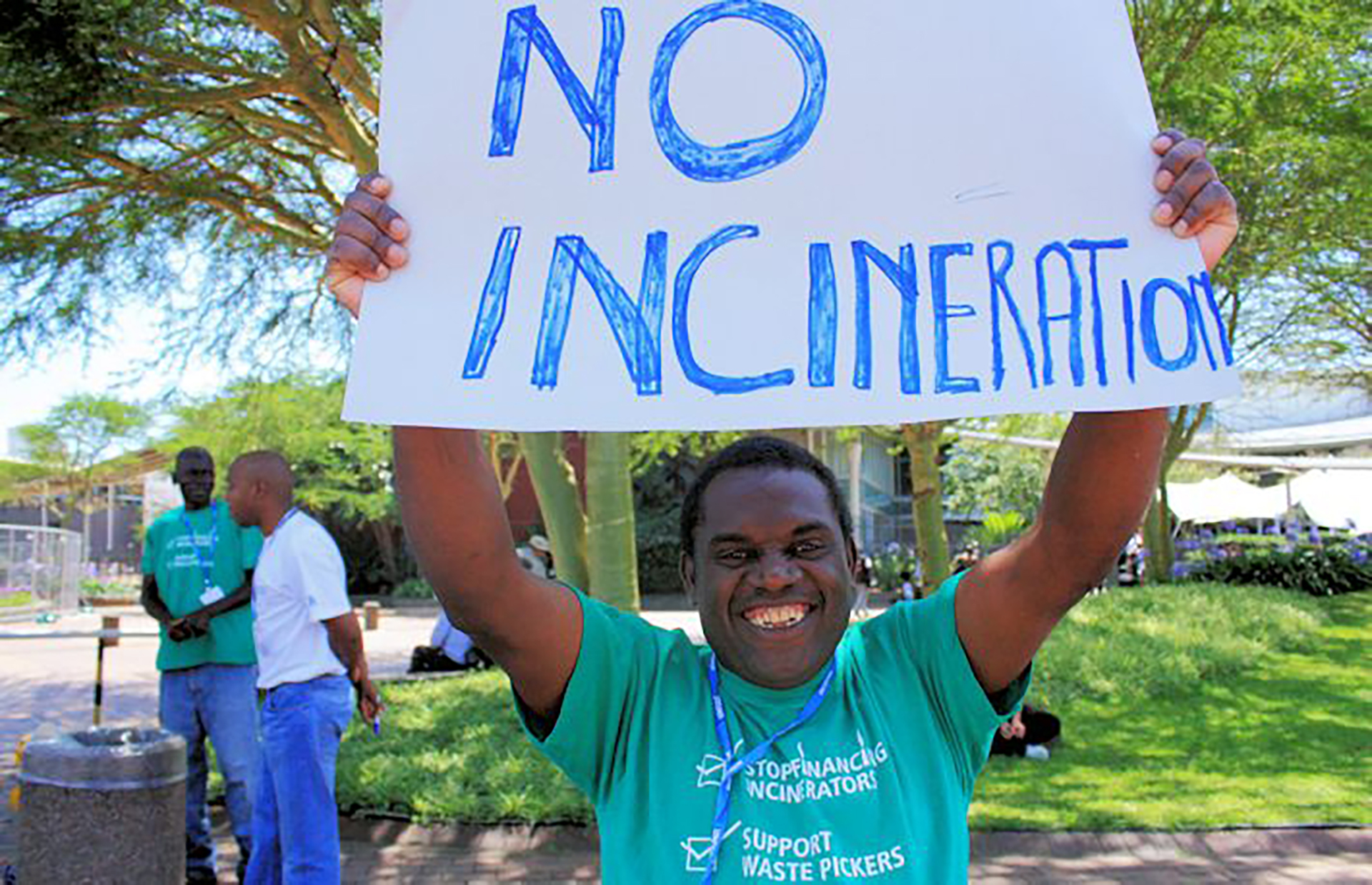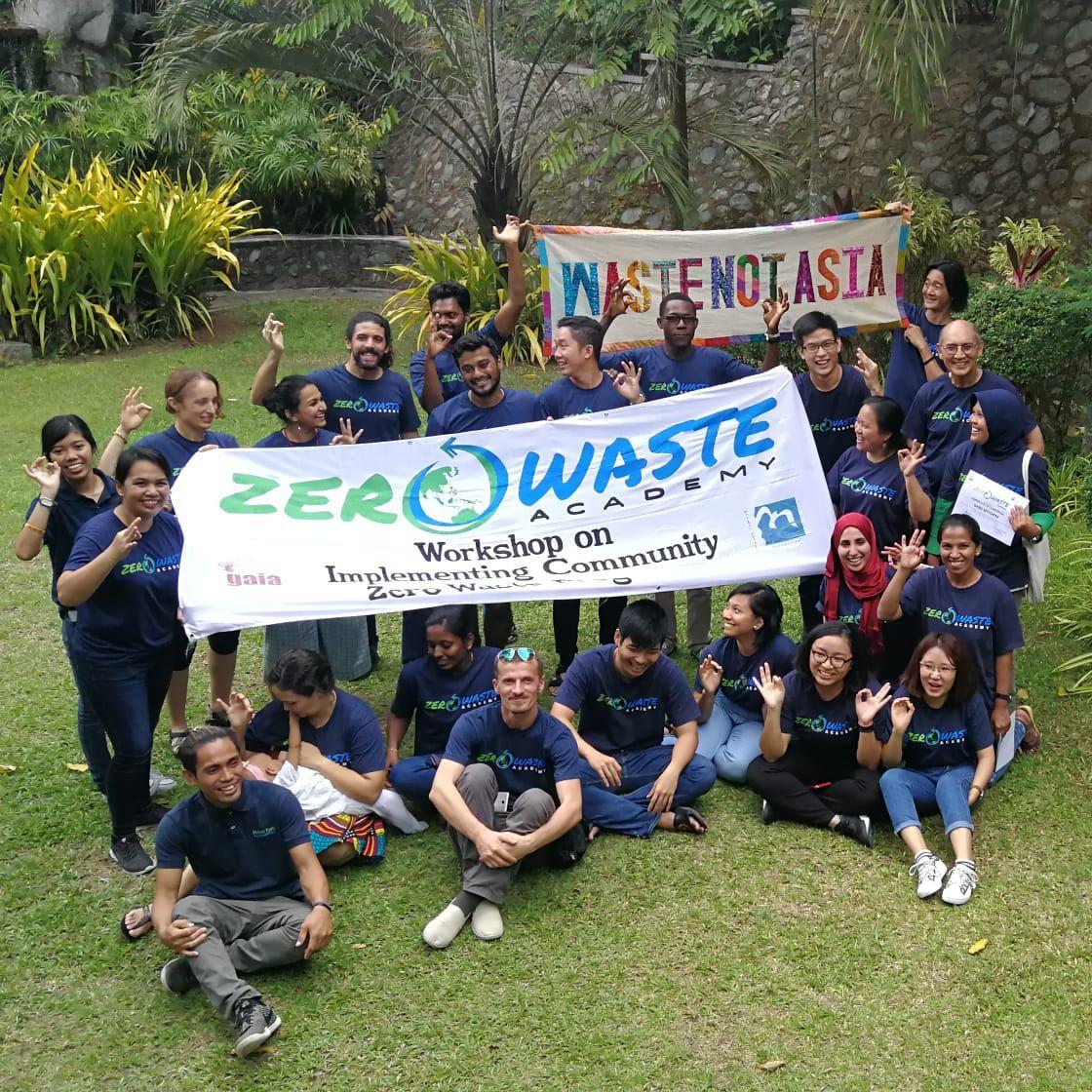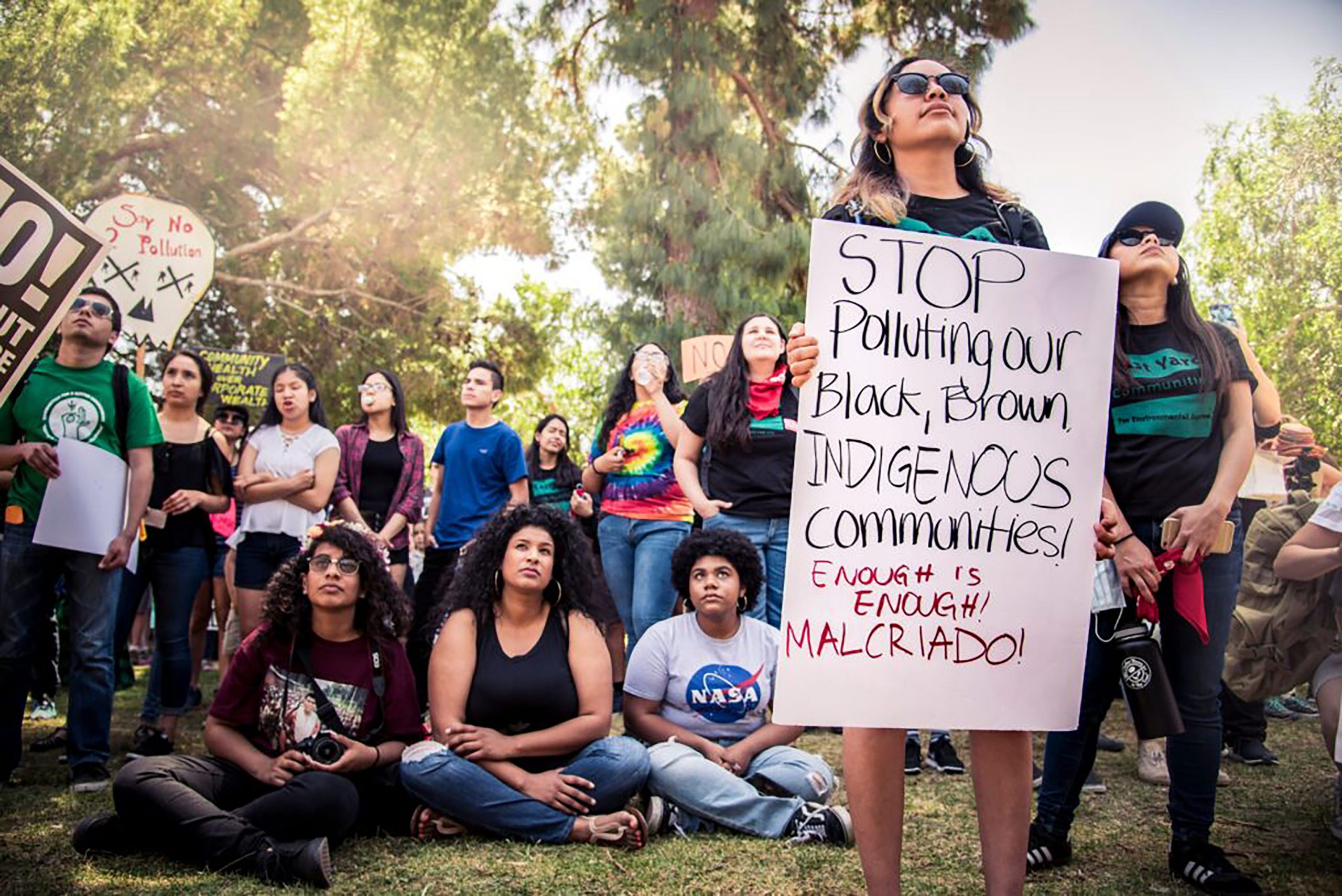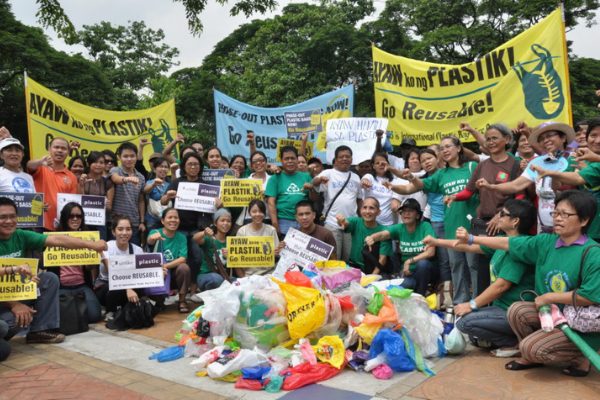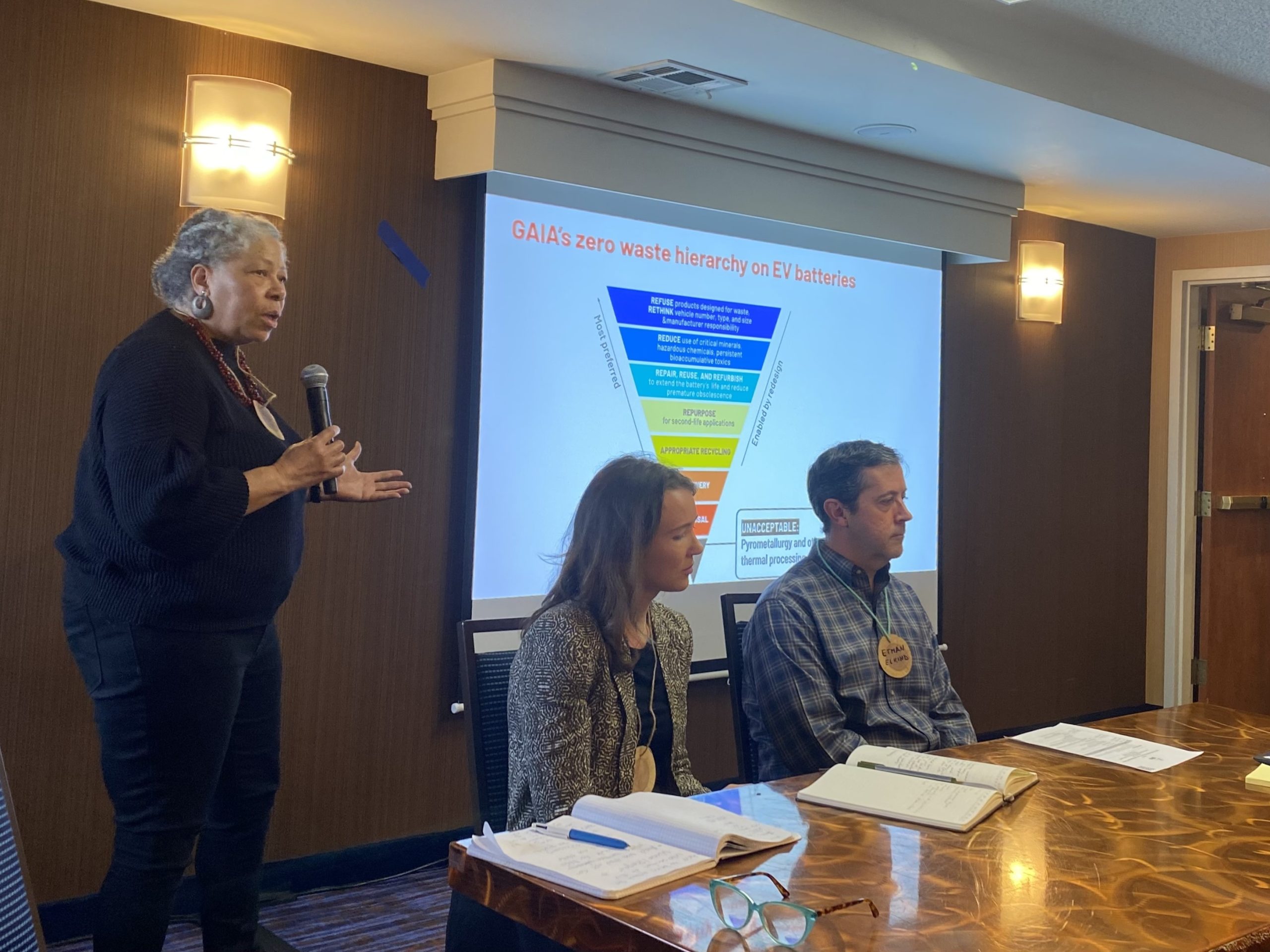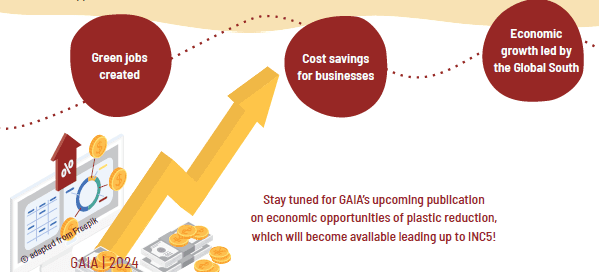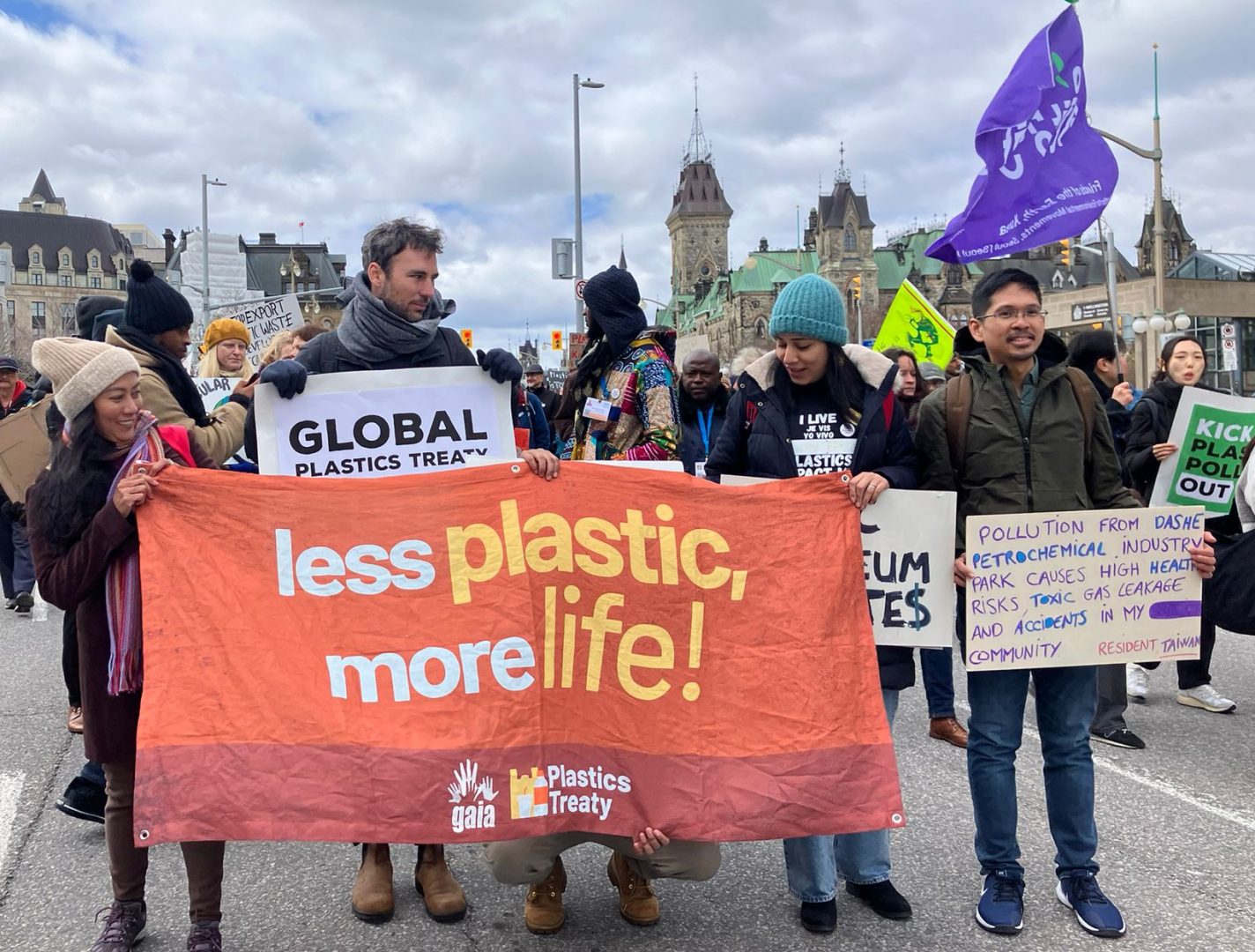Are you curious about incinerators and how Asian countries, particularly the Philippines, Malaysia, and New Zealand, fight back in building one? Join this webinar as our speakers talk about defending the incineration ban in the Philippines, the incinerator push by the government of Malaysia, and the incinerator push by the industry in New Zealand.
In this webinar we identify the main drivers for waste incineration in the Global North, and analyze how this technology makes even less sense in the context of Global South cities. We also share how communities around the globe are fighting back incineration and promoting zero waste solutions.
In this we webinar identify the main drivers for waste incineration in the Global North, and analyze how this technology makes even less sense in the context of Global South cities. We also share how communities around the globe are fighting back incineration and promoting zero waste solutions.
A groundbreaking study from the Tishman Environment and Design Center at the New School in New York City finds that nearly 80% of the U.S.’s aging incinerators are located in environmental justice communities. In this webinar we hear from the researchers about the findings and from communities that are fighting back incinerators through a just transition to zero waste solutions.
This report explains why incinerators are an unsustainable and obsolete method for dealing with waste. As a waste treatment technology, incinerators are unreliable and produce a secondary waste stream more dangerous than the original. As an energy production method, they are inefficient and wasteful of resources. As an economic development tool, they are a catastrophe that drains money out of local communities and creates scarce and often dangerous jobs.
Gasification, pyrolysis and plasma technologies heat waste materials to high temperatures, creating gas, solid and liquid residues. Some companies claim that these technologies are “pollution free” or have “zero emissions,” but these claims have been shown repeatedly to be untrue. This fact sheet, produced by GAIA and Greenaction for Health & Environmental Justice, articulates the serious flaws with these technologies and highlights the benefits of aiming for zero waste instead.
Despite the known health hazards and extreme economic burdens of incineration, the World Bank Group continues to promote this polluting technology.
Epidemiological studies provide sufficient evidence of direct health impacts of incinerators, which range from neoplasia to congenital anomalies, infant deaths and miscarriage. While more research can be done on newer incinerators when enough data is collected over time, the findings of existing studies suggest serious risks associated with incinerators, both for nearby and distant populations.
The Tishman Environment and Design Center at The New School in New York City released a report that confirms what we’ve long known to be true: the people who have the least responsibility for the waste crisis in the U.S.–low income communities and communities of color–are forced to pay the highest price, both with their pocketbooks, and their health.
